Capturing video and photography through smartphones has become an essential tool in holding police accountable for acts of racism and violence. After all, it was a 17-year-old witness's video of the death of George Floyd that sparked international outrage over police brutality and the arrests of his alleged killers.
Today, anyone concerned with advancing social justice should be prepared to film the police if they witness injustice. Below, review tips collected from the experts of the ACLU, Justice Committee, and WITNESS for recording safely and effectively.
Be safe
- Assess your surroundings. Leave a situation if you feel endangered.
- Stay at least six feet away from a police encounter.
- Film or photograph from further away if necessary; key evidence can be recorded from windows or fire escapes. If filming feels hazardous, watch as a witness and take notes.
- There's still a pandemic. Practice social distancing.
- Leave home only for essentials trips; don't go seeking out injustice right now.
Know your rights
- The First Amendment guarantees the right to photograph and film the police in any public space. On private property, however, owners can set their own rules.
- Police cannot take or demand to view a recording without a warrant. They absolutely cannot delete it. However, they can take the phone as evidence.
- Police can also demand recording cease if it interferes with law enforcement. Police ultimately determine if it is an interference.
- If a cop tells you to stop, and you are not interfering with law enforcement, assert you have the right to keep recording -- if you feel safe.
- Listen when a cop tells you to move or "back up!" Say aloud that you are complying.
While filming
- Stay calm.
- Gather information related to date, time, and location. Include street signs, landmarks, police badges, license plates, a clock, a watch, or a newspaper in the visual.
- Stay silent. Let the scene speaks for itself. Lawyers need to hear the audio, not your commentary.
- If key information is missing from the scene, narrate like a reporter with facts, not opinions.
- Film continuously. Multiple videos of an encounter can lead to future allegations of manipulation.
- Avoid shaky videos. Brace your elbows against your torso to keep the camera steady. Film horizontally to capture the most information. Pan slowly.
- Write down additional details afterward.
- If safe, interview witnesses for their accounts. Ask them for contact information.
Before filming
Lock your phone with a numerical passcode to protect its data. This will protect it from searches under the Fifth Amendment.
Sync data with a cloud in case the phone is damaged, lost, or confiscated in the encounter.
Turn on GPS to verify location.
Detained or stopped?
- Remain calm.
- Ask police officer if you can leave. If yes, walk away.
- If no, ask what crime you committed. Remind officer of First Amendment rights.
- Violated rights? Gather evidence like photos of injuries, witness contact information, and badge numbers. File a complaint afterward with a police department's internal affairs or the Office of the Inspector General.
Think before publishing
- You've witnessed a traumatic event. Wait. Breathe. Process.
- Make copies if you intend on editing.
- Contact a trusted journalist, lawyer, and/or an advocacy organization for advice. Experts can advise on issues like timing, legal implications, connecting with the family members of victims before publication, the need for video editing or face blurring, audience reach, and safety concerns.
- Be cautious about sharing on personal social media accounts. Those who have shared evidence of racist encounters may become victims of harassment themselves.








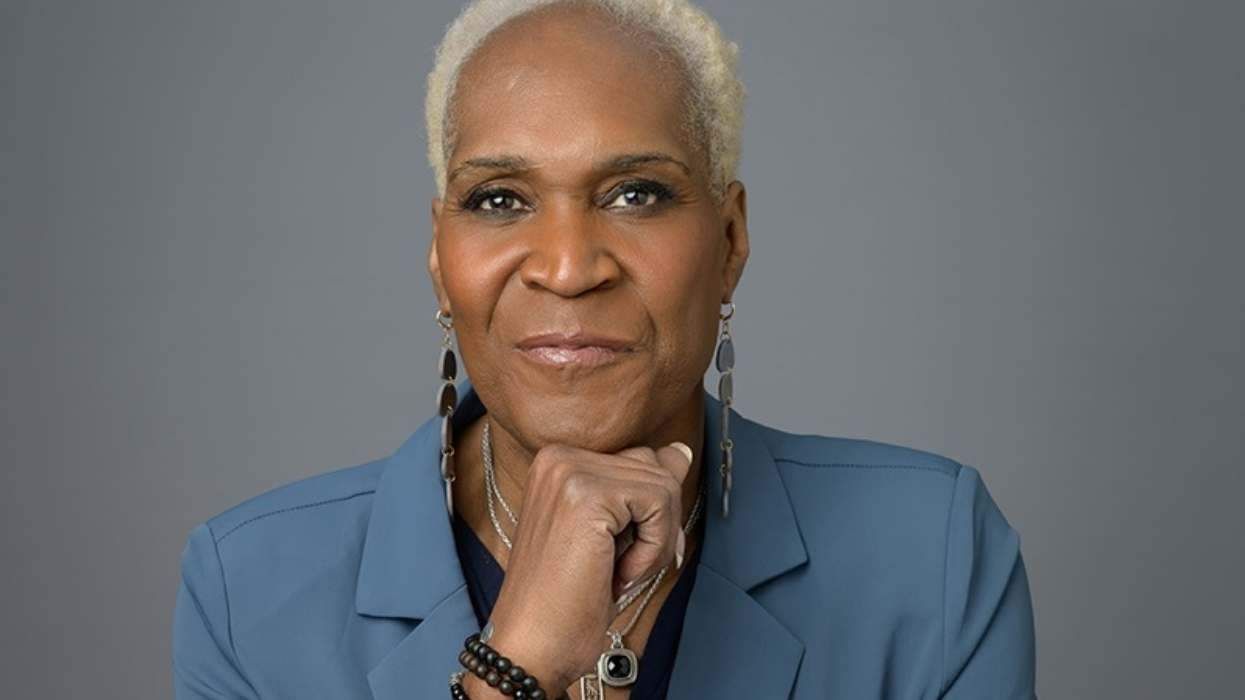


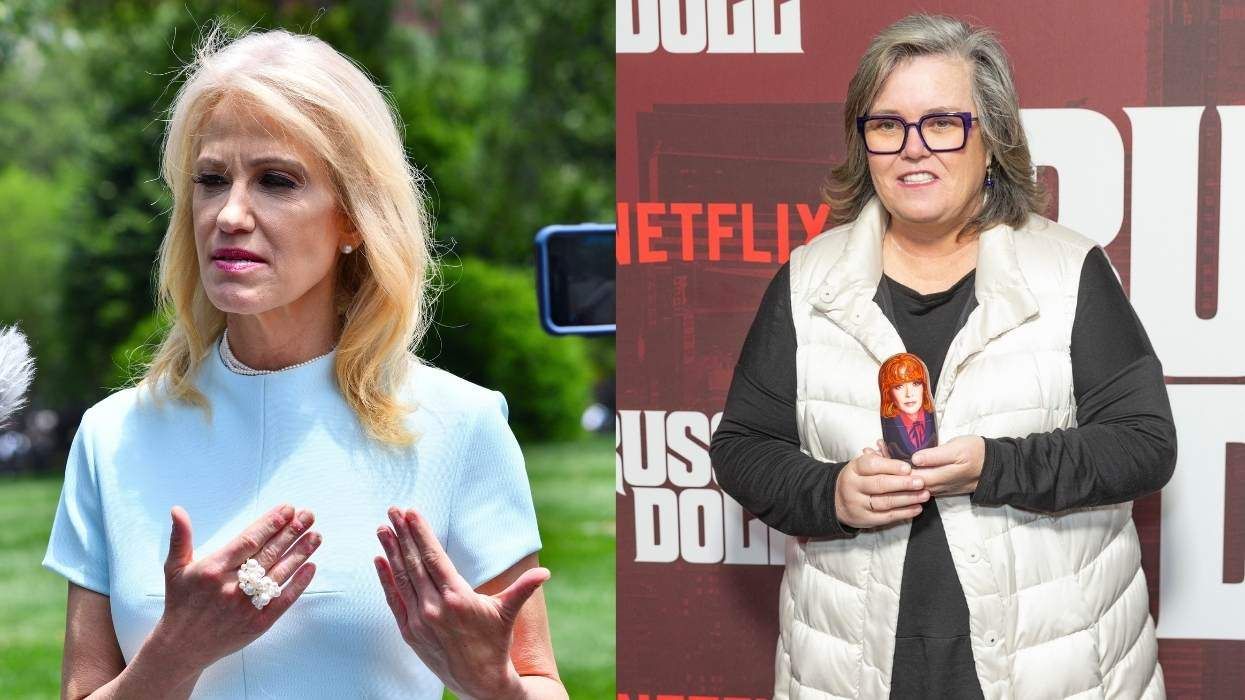
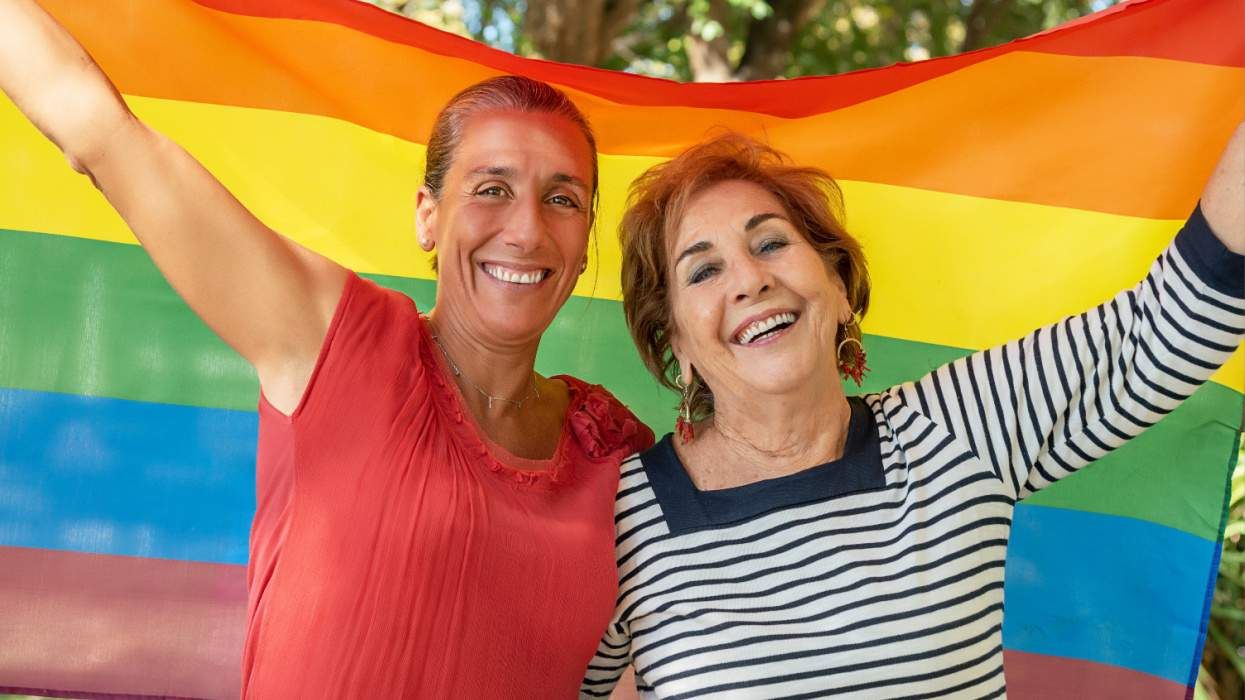
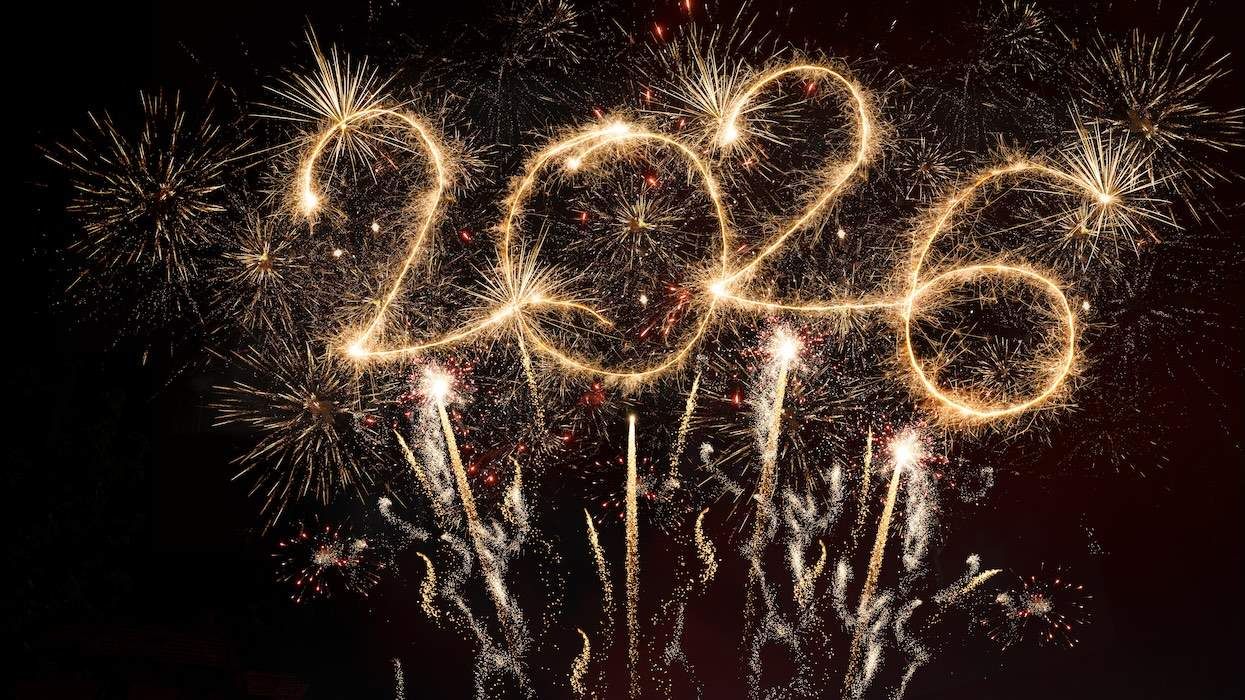





























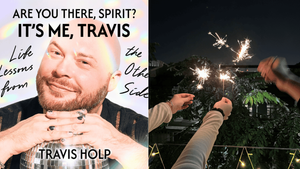












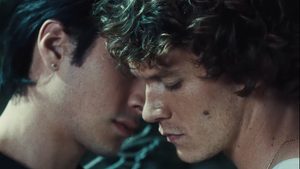








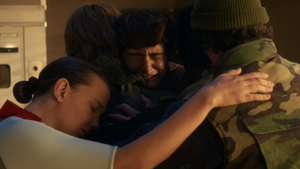


Charlie Kirk DID say stoning gay people was the 'perfect law' — and these other heinous quotes